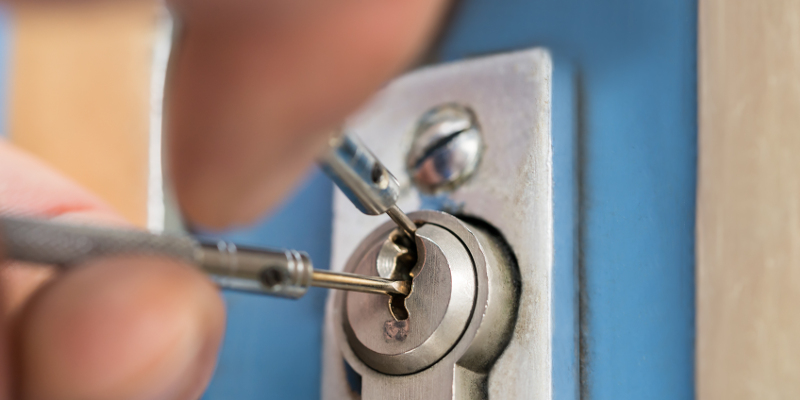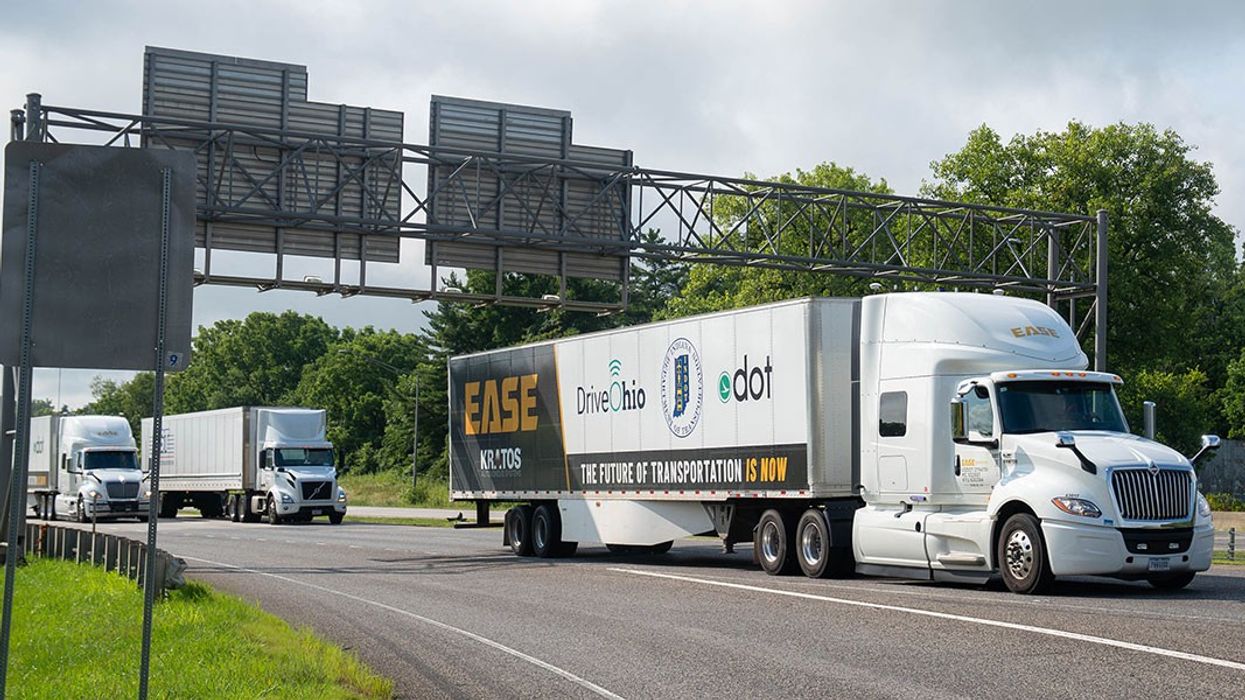When you’re faced with an unexpected office lockout, it’s crucial to communicate effectively with your locksmith. Providing the right information ensures a quick and efficient solution. This guide will cover what to tell your locksmith during an office lockout and help you get back on track with minimal disruptions. Lets explore some essential steps and insights.

1. The Importance of Effective Communication
Clear communication is the backbone of resolving an office lockout efficiently. When contacting your locksmith, be sure to provide all necessary details. This can help them prepare and arrive with appropriate tools and solutions, saving both time and money.
2. Exact Location Details
When calling a locksmith, provide the precise address of your office. Include any landmarks or special instructions that may assist in locating your premises easily. This is particularly important in large office complexes or areas with limited signage.
Landmark Identification
Identify recognizable landmarks or distinctive features near your office to guide the locksmith efficiently. For instance, mentioning that you’re in the building next to a well-known caf might help.
3. Inform About Lock Type
Knowing the type of lock installed at your office door will assist the locksmith in bringing the correct tools. Most commercial locks range from traditional deadbolts to more sophisticated electronic locks.
Recognizing Lock Styles
If you’re unsure about the lock type, take a clear photo and send it to your locksmith. This visual guide assists in identifying the lock mechanism.
4. Brief on Security Systems
If your office has security systems like alarms or surveillance cameras, inform the locksmith. Attempting to bypass these systems without proper knowledge could trigger security alerts.
Alarm Systems
Brief your locksmith about any active alarms to prevent unnecessary disruptions. Deactivating or securing alarm systems before the locksmith arrives is often beneficial.
5. Access Permissions
Ensure you or a trusted employee has the authority to permit access or authorize lock changes.
Management Approval
Check if management approval is necessary for unlocking services. This prevents delays and ensures a smooth process.
6. Share Contact Information
Provide your contact details or those of a designated point of contact who will be on-site. This simplifies communication and coordonation during the lock repair or replacement.
7. Indicate Any Previous Issues
Report any recurring issues with the lock that the locksmith should address. Whether its a stiff keyhole or delay in electronic unlocking, prior knowledge assists diagnosis.
8. Timing Expectations
Set realistic timing expectations with your locksmith for arrival and completion. This helps plan your day better and minimizes productivity impact.
9. Budget Considerations
Understanding potential costs involved can prevent misunderstandings. Speak about charges directly to align services with your budget.
Obtaining Estimates
Request an upfront price estimate from your locksmith. Clear financial terms ensure no hidden charges post-service.
10. Request for Spare Keys
If your office frequently experiences lockouts, consider requesting spare keys or access cards for future preventive measures.
11. Explore Lock Upgrade Options
Discuss with your locksmith about modern lock systems like office smart locks for enhanced security and efficiency.
12. Role of Building Management
Often building management plays a critical role. Sometimes additional permissions are required from them, particularly in office buildings.
13. Creating a Lockout Plan
Having a pre-plan for lockouts enhances readiness. Develop an office lockout drill to prepare staff efficiently.
14. Ensuring Data Safety
Discuss with your locksmith on ways to protect business data during lockdowns, ensuring there’s no data breach.
15. Understand Electronic Locks
Consider how electronic locks might help in reducing future lockouts.

FAQs Section
Q1: Can a locksmith open any type of lock?
A: Most skilled locksmiths can handle a wide range of locks, including commercial and electronic locks.
Q2: Should I change the locks after a lockout?
A: It’s not always necessary to change locks after a lockout unless there’s a security concern or the lock is damaged.
Q3: How can I avoid future lockouts?
A: Regular maintenance, spare keys, and training on your office’s security systems can significantly reduce the chances of future lockouts.
The practical information in this guide will equip you with all you need to confidently communicate with your locksmith during an unexpected office lockout, ensuring prompt resolution with minimal stress. Remember, a little preparation can save time and keep business operations smooth and secure.
This article contains affiliate links. We may earn a commission at no extra cost to you.






